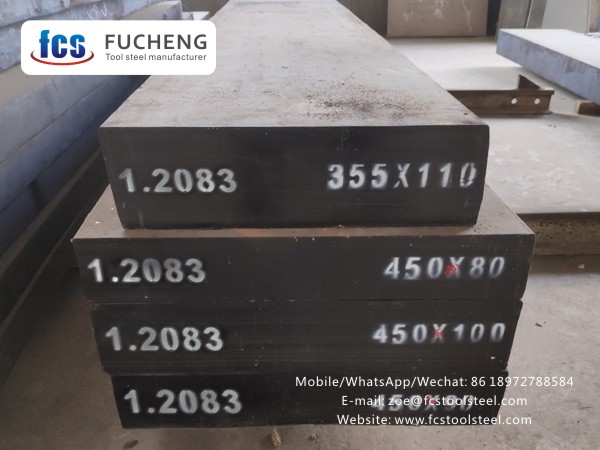
Heat Treatment Process of Tool Steels
2023-07-20 14:50Heat Treatment is to improve the performance of the workpiece, by changing the microstructure inside the workpiece, or changing the chemical composition of the workpiece surface.

Heat treatment process includes: quenching, tempering, nitriding, cryogenic, oxidation and other processes. So what do these crafts mean? The answer is revealed below~
1>. Quenching is a heat treatment process in which the steel is austenitized and then cooled at an appropriate cooling rate to cause the workpiece to undergo martensite and other unstable structural transformations in the entire cross-section or within a certain range.
2>. Tempering is a heat treatment process in which the quenched workpiece is heated to an appropriate temperature below the critical point AC1 for a certain period of time, and then cooled by a method that meets the requirements to obtain the required structure and properties
3>. Nitriding treatment refers to a chemical heat treatment process that makes nitrogen atoms penetrate into the surface of the workpiece in a certain medium at a certain temperature.
4>. Cryogenic treatment is to treat the metal below -160°C, so that the soft retained austenite is almost completely transformed into high-strength martensite.
5>. Regarding oxidation, the iron and steel parts form a dense and protective oxide film on the surface through oxidation treatment. The main component is magnetic iron oxide (Fe3O4), which has the effect of anti-adhesion. The FeS film obtained by surface vulcanization can have both anti-friction and anti-adhesion effects. At the same time, it can improve corrosion resistance and high temperature oxidation resistance.
